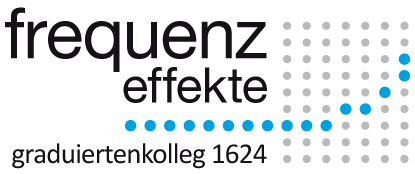Sophia Wulfert
Frequency effects in the processing of German consonant clusters
| Erstbetreuer | Prof. Dr. Peter Auer |
| Zweitbetreuer | JunProf. Dr. Adriana Hanulikova |
| Abstract | I investigate frequency effects in the processing of German syllable-initial consonant clusters. High-frequency clusters such as /ʃt-/ are compared to low-frequency clusters such as /tʃ-/ with regard to accuracy of perception and production. The objective of my research is to determine whether processing accuracy is more reliably predicted by frequency or by phonological wellformedness (cf. Clements 1990) and whether L1 and L2 processing differ in this respect. To test this, we have conducted a production experiment involving repetition of nonce syllables, as well as a perception experiment involving transcription of nonce syllables presented in noise. In both, high-frequency consonant clusters were processed with greater ease. Conversely, phonological wellformedness did not show facilitation. It can thus be concluded that perception and production are - at least partly - subject to the same influences. In the perception experiment, a native listener group was compared to a learner group which showed the same influence of target frequencies but no influence of L1 frequencies. |
| Disziplin | Linguistics |
| Sprachen | German |
| Forschungsrichtung | Language processing, phonology |
| Schlüsselbegriffe | consonant cluster, speech perception, speech production, speech error |


